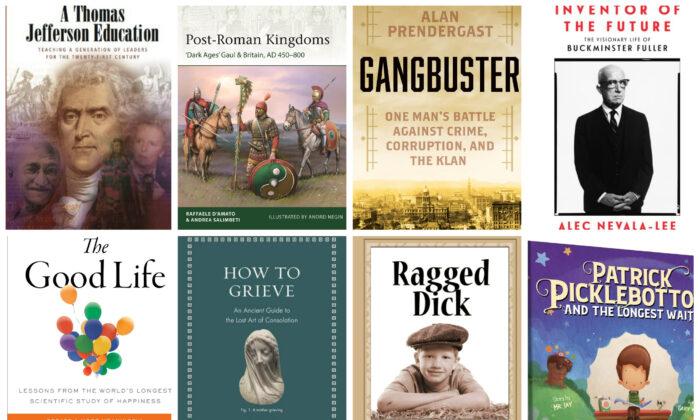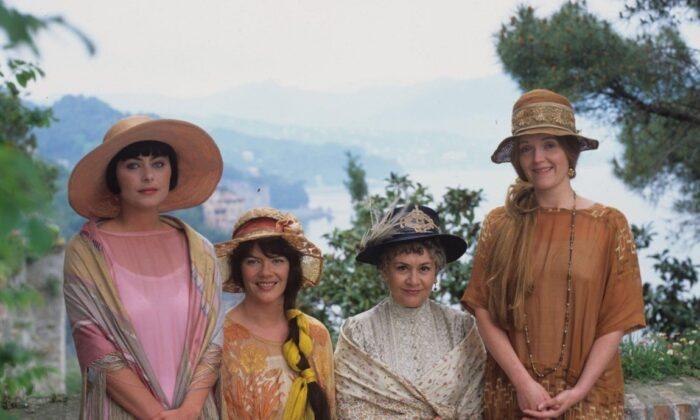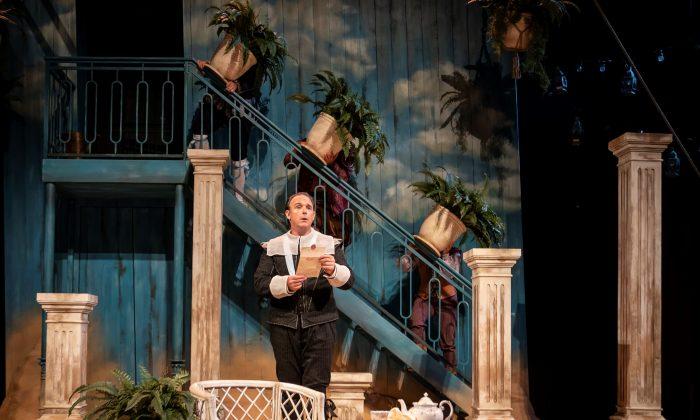“Mrs. Piggle-Wiggle” and the other books in the series by Betty MacDonald are just as illuminating for parents as they are for 8- to 12-year-olds.
Mrs. Piggle-Wiggle is the neighborhood expert on the behavior problems of children, before they were called behavior problems and our culture turned to family counselors. (The books originally appeared from 1947-1957.) All the mothers turn to her in exasperation when their children won’t pick up their toys, talk back impudently to the parents, become exceedingly selfish, won’t take a bath, won’t go to bed, etc. And Mrs. Piggle-Wiggle has a sure-fire cure for each “-itis.”
Mrs. Piggle-Wiggle’s cures usually help the ailment by hastening in its course until it reaches the extreme and then the child sees the error of his behavior. For example, Larry, Bobby, and Susan never want to go to bed. Mrs. Piggle-Wiggle instructs their mother to let them stay up as long as they like (obviously this happens during summer vacation); after a few days and some very funny escapades like roller skating at midnight, falling asleep in a movie theater and getting locked in, and generally missing entertaining activities such as birthday parties, the children are soon begging to get to bed at 8 o'clock.
The stories teeter on the edge of absurdity, but are realistic enough from a child’s perspective so that in each episode, the readers see how ridiculous each child’s behavior is—like when a girl who never wants to take a bath gets the radish treatment. The girl is so dirty after weeks without washing that when her parents sow tiny seeds on her while she’s sleeping, she’s soon sprouting leaves everywhere.
What is wonderful is that the child gets to look at things from the parent’s point of view. Each chapter opens with a mother wondering what she will do with such strange behavior. She is rarely cross, usually terribly patient, and always completely concerned for the child’s welfare.
It is also interesting to watch, as a parents, one’s own reactions to the chapters. I could barely stand the impudent child—which told me quite a bit about my own limits.
One disclaimer: Mrs. Piggle-Wiggle is fortunately not a parent. She is completely indulgent with children and her house, much of it built upside down, and yard are a campground for all children who wish to have fun. Homemade cookies are always available; the backyard is marked with holes from excavations; Mrs. Piggle-Wiggle’s clothes are used for dress-up and her hair for little girls to play hair dresser. There seems no length to what kindly Mrs. Piggle-Wiggle won’t go to in order to amuse her small guests.
Perhaps this is Betty MacDonald’s strategy. Mrs. Piggle-Wiggle is so thoroughly on the child’s side that a young reader could hardly doubt that she has only their best interests at heart.
While the first and third books follow this natural consequence cure plot line, the second and forth do not. In those stories, the cures are often magical.
Mrs. Piggle-Wiggle is the neighborhood expert on the behavior problems of children, before they were called behavior problems and our culture turned to family counselors. (The books originally appeared from 1947-1957.) All the mothers turn to her in exasperation when their children won’t pick up their toys, talk back impudently to the parents, become exceedingly selfish, won’t take a bath, won’t go to bed, etc. And Mrs. Piggle-Wiggle has a sure-fire cure for each “-itis.”
Mrs. Piggle-Wiggle’s cures usually help the ailment by hastening in its course until it reaches the extreme and then the child sees the error of his behavior. For example, Larry, Bobby, and Susan never want to go to bed. Mrs. Piggle-Wiggle instructs their mother to let them stay up as long as they like (obviously this happens during summer vacation); after a few days and some very funny escapades like roller skating at midnight, falling asleep in a movie theater and getting locked in, and generally missing entertaining activities such as birthday parties, the children are soon begging to get to bed at 8 o'clock.
The stories teeter on the edge of absurdity, but are realistic enough from a child’s perspective so that in each episode, the readers see how ridiculous each child’s behavior is—like when a girl who never wants to take a bath gets the radish treatment. The girl is so dirty after weeks without washing that when her parents sow tiny seeds on her while she’s sleeping, she’s soon sprouting leaves everywhere.
What is wonderful is that the child gets to look at things from the parent’s point of view. Each chapter opens with a mother wondering what she will do with such strange behavior. She is rarely cross, usually terribly patient, and always completely concerned for the child’s welfare.
It is also interesting to watch, as a parents, one’s own reactions to the chapters. I could barely stand the impudent child—which told me quite a bit about my own limits.
One disclaimer: Mrs. Piggle-Wiggle is fortunately not a parent. She is completely indulgent with children and her house, much of it built upside down, and yard are a campground for all children who wish to have fun. Homemade cookies are always available; the backyard is marked with holes from excavations; Mrs. Piggle-Wiggle’s clothes are used for dress-up and her hair for little girls to play hair dresser. There seems no length to what kindly Mrs. Piggle-Wiggle won’t go to in order to amuse her small guests.
Perhaps this is Betty MacDonald’s strategy. Mrs. Piggle-Wiggle is so thoroughly on the child’s side that a young reader could hardly doubt that she has only their best interests at heart.
While the first and third books follow this natural consequence cure plot line, the second and forth do not. In those stories, the cures are often magical.




